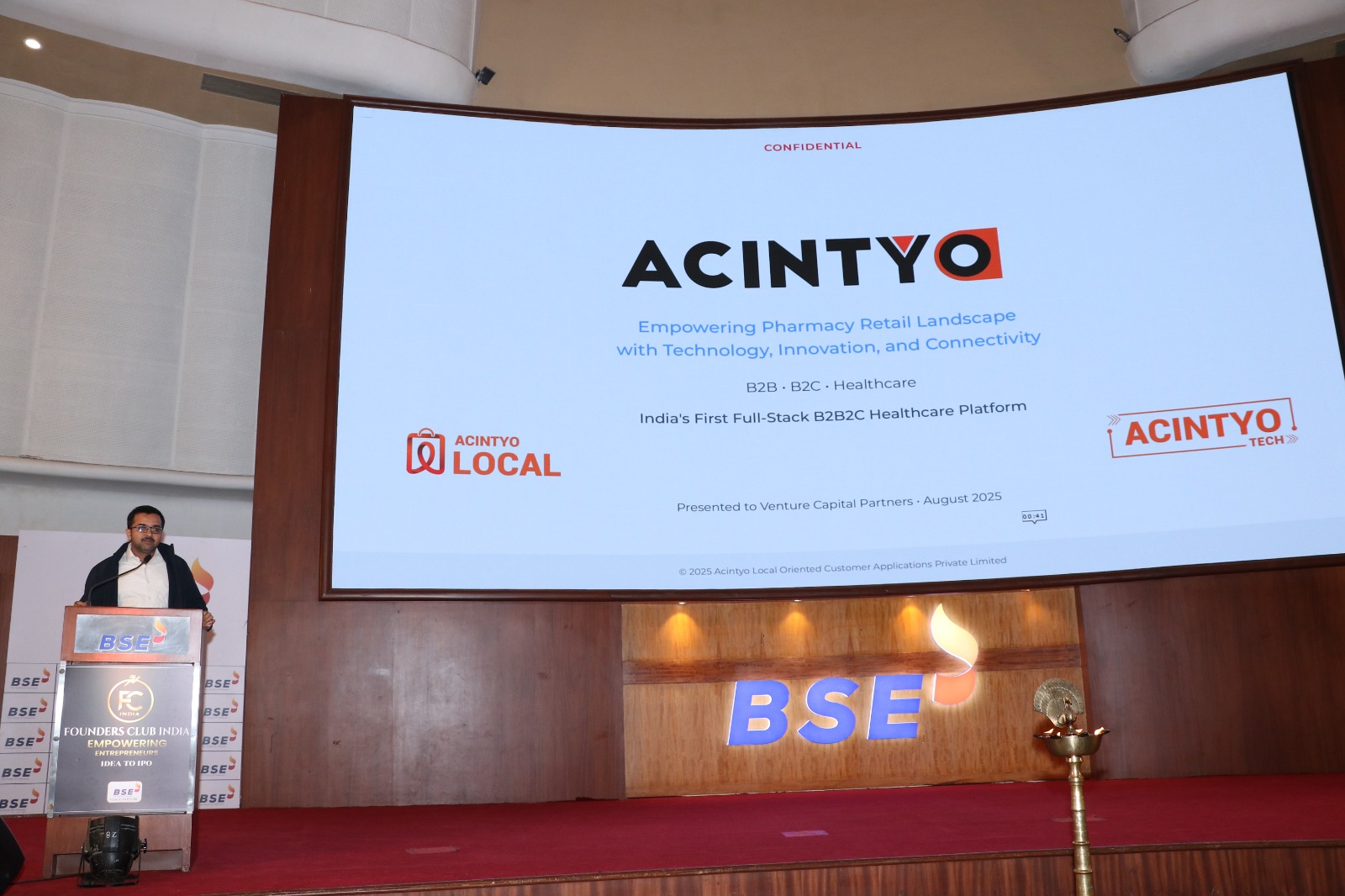The Global Tango: Mastering the Steps to Business Success on the World Stage

The world of business is no longer confined by national borders. Today, companies are waltzing into international markets, forming a complex and dynamic global dance floor. To thrive in this intricate tango, businesses need agility, adaptability, and a deep understanding of their partners.
The first step in navigating the global marketplace is a thorough analysis of the current economic climate. Fluctuations in currency exchange rates, trade policies, and regional economic growth can all significantly impact a company's success. Businesses that can anticipate these shifts and adjust their strategies accordingly will be the ones leading the pack.
Next comes the crucial step of embracing adaptability and innovation. A successful business model in one country might not translate seamlessly across borders. Companies need to be flexible enough to adapt their products, marketing strategies, and even communication styles to resonate with local audiences. Innovation becomes a key driver, allowing businesses to develop solutions that cater to specific regional needs and preferences.
Throughout history, countless companies have mastered the global tango. Take, for instance, a company that recognized a gap in a particular industry in a specific region. They adapted their product line to cater to local preferences, achieving remarkable success. Their story serves as an inspiration for businesses venturing onto the international stage.
Cultural intelligence is another essential skill in the global business arena. Understanding cultural nuances, communication styles, and business etiquette is vital for building trust and fostering productive relationships with international partners. Investing in cross-cultural training for employees can equip them with the knowledge and sensitivity needed to navigate diverse business environments.
Looking towards the future, the global business landscape promises to be even more interconnected. The rise of e-commerce and digital platforms is blurring geographical boundaries, creating new opportunities for companies to reach a wider audience. Businesses that embrace these digital tools and adapt their strategies accordingly will be well-positioned to waltz into the future of global trade.
Conclusion
The key takeaway? Success in the global marketplace is about more than just products and profits. It's about mastering the intricate dance of international business, where adaptability, cultural intelligence, and a willingness to embrace change are the essential steps to a thriving performance.






































Comments (0)